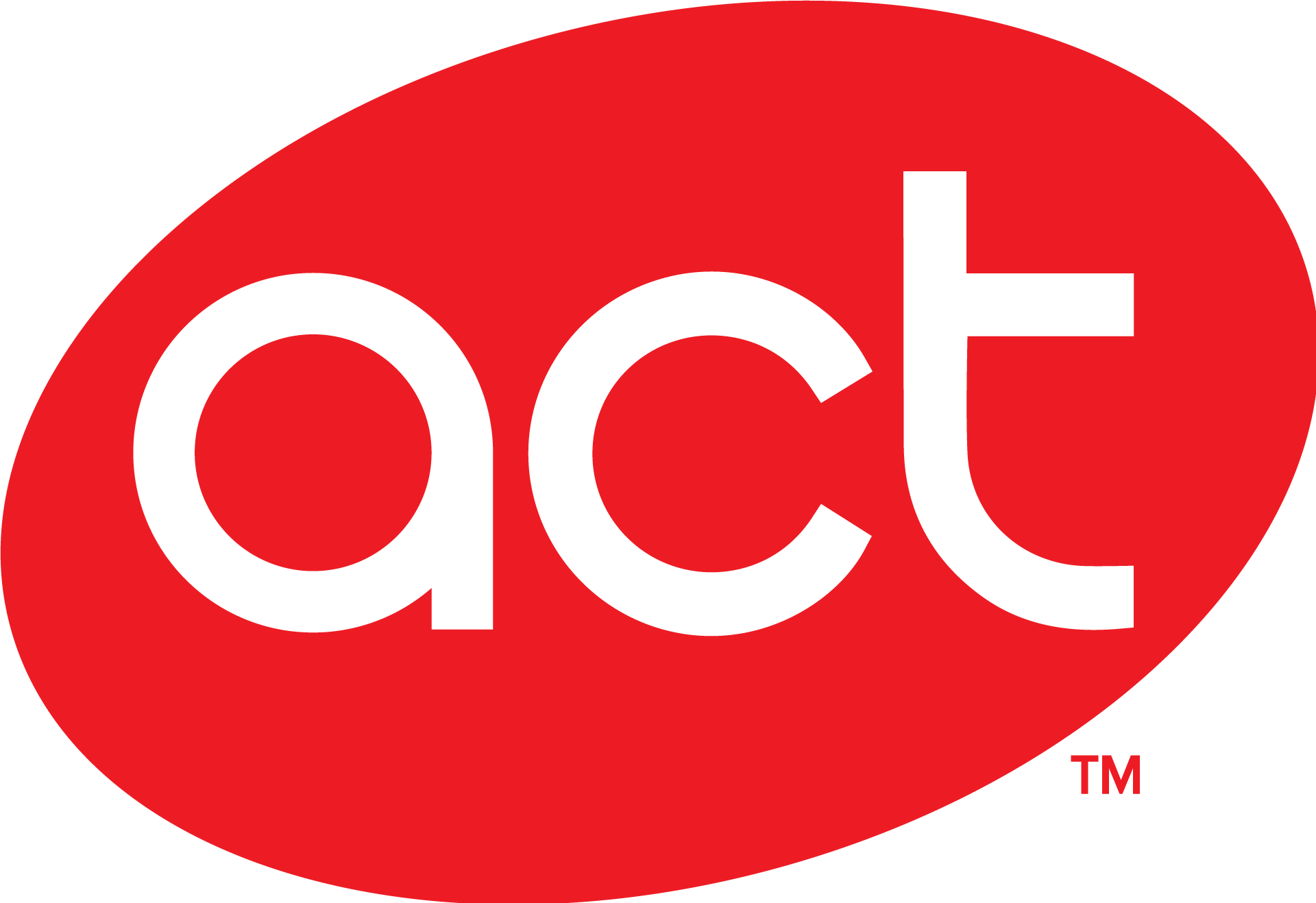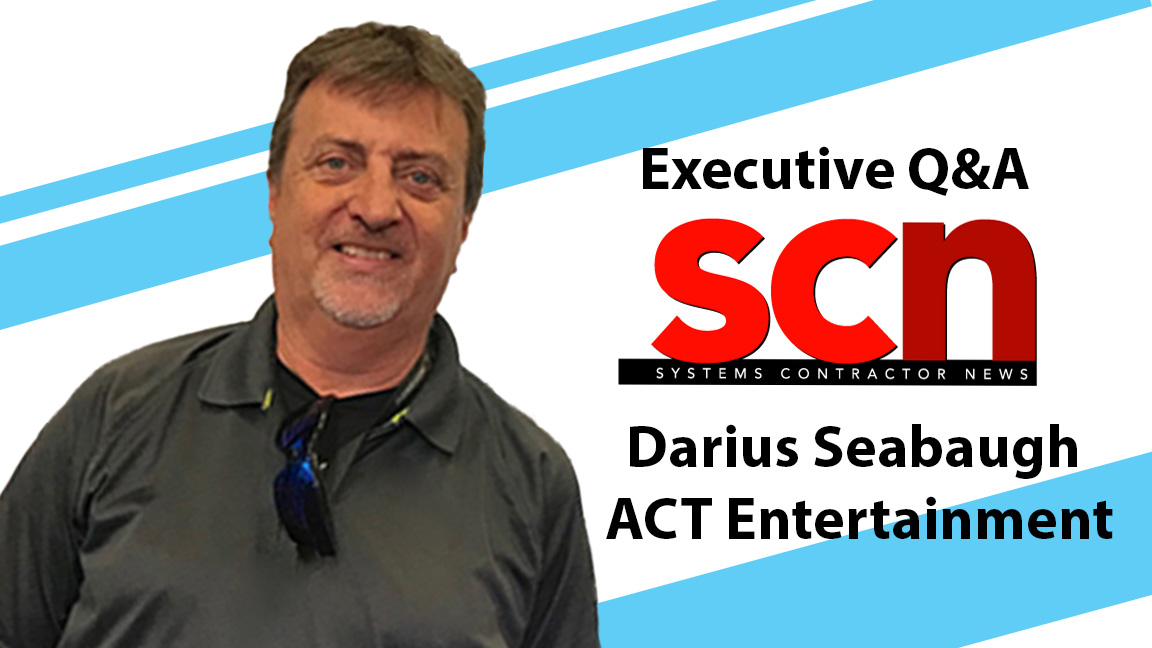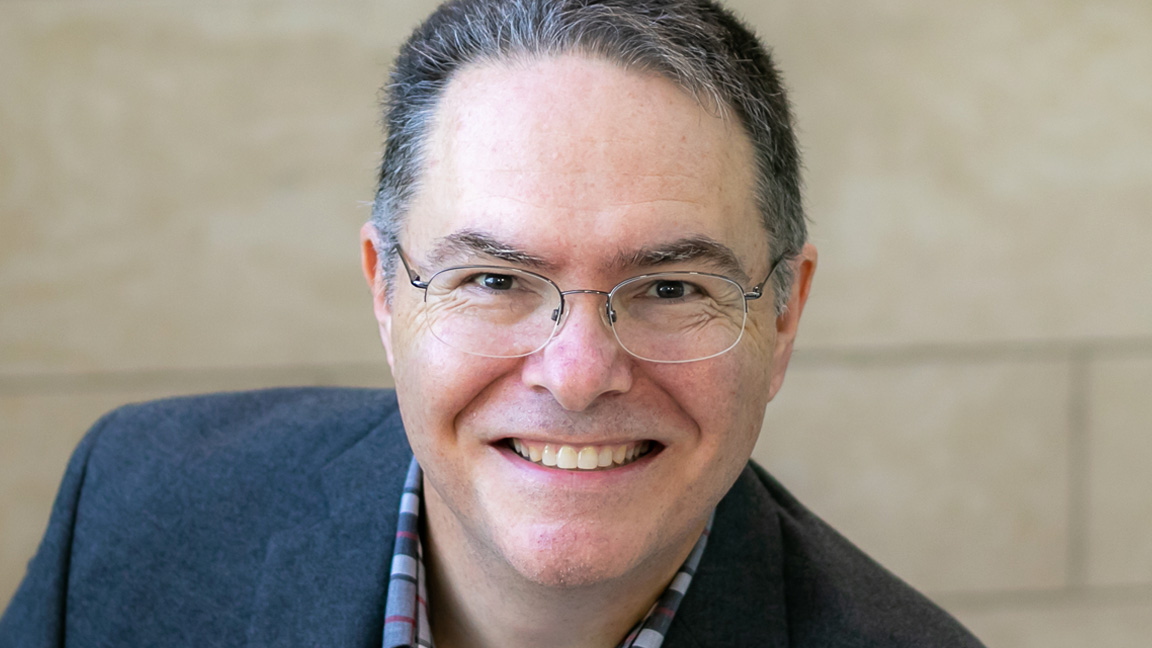SCN: How long have you been with this company, and what are your responsibilities?
Darius Seabaugh: I joined the company in 1987, when it was still RapcoHorizon. I’m responsible for all marketing and advertising initiatives for every brand in the company, such as ProCo Sound, MA Lighting, Ayrton, Robert Juliat, Lava Cable, etc.
SCN: Live events exploded following the pandemic. Has the market settled down or is it continuing to surge?

DS: I don’t know if it has settled down, but things have definitely leveled off. While the market is settling back into some old habits, there has also been a lot of demand for new products and solutions, and buying habits have changed as a result. There was always a bit of a "Well, I can do that bigger and better" mentality in live entertainment and that swelled after the pandemic. After months of creative backlog, artists and designers came out of the gates swinging with incredible new ideas. That will continue to drive a lot of investment and growth in the market for some time to come.
[Executive Q&A: Under the Radar]
SCN: How has lighting evolved for live events over the past few years?
DS: One of the more significant trends recently is the increased need for traditionally discrete mediums—lighting, audio, video, tracking, automation, etc.—to be seamlessly interconnected and in real-time communication with each other. Where once there were human operators creating the necessary links, there are now networked systems for managed control. This really expands the creative possibilities of a production but also necessitates new tools, skills, and knowledge to pull it off successfully.
SCN: What are some of the unique Pro AV considerations in worship environments?
"It’s a challenge to manufacturers of AV and lighting equipment to bear in mind that 'professional' doesn’t have to mean 'complex.'"
DS: The number one thing that we think makes the house of worship environment different is the user story. In worship settings, you often have technical teams made up of a mix of professionals and volunteers with varying levels of experience, and those volunteers tend to be a bit more transient overall. Many churches also have limited budgets to consider. As a result, the products and systems deployed in these spaces need to be cost-effective, user-friendly, customizable, and rock-solid stable to allow services to go forward each week, in a way that isn’t totally time consuming for all involved. It’s a challenge to manufacturers of AV and lighting equipment to bear in mind that “professional” doesn’t have to mean “complex.”
SCN: Your ProCo brand offers a variety of cables—what’s something about cables that customers often fail to consider or don’t realize?
DS: People neglect to account for the importance of shielding to preserve the purity of the signal and length determinations on unbalanced cables and end up with signal degradation as they integrate longer cabling runs. People also often don’t recognize how valuable networking is to audio. They tend to continue to choose traditional analog audio solutions when they should be using Dante digital networking.
SCN: Beyond your own product lines, you also distribute gear from other companies. What’s the thinking behind that strategy?
DS: We represent 14 total brands, and we manufacture seven of those brands. Our seven distribution brands provide us with the opportunity to deliver an entire package of high-quality AV solutions to our customer base without having to re-invent already stellar products. Companies like MA Lighting and Ayrton are well established and offer the opportunity for us to deliver top-end products to our customers.
[Review: How Ultimate Support Systems’ New Boom Mic Stand Is Dressed for Success]
SCN: How do your recent acquisitions fit into the company’s long-term goals?
DS: This is a similar answer as above in that the acquisitions give us the ability to funnel a lot more top-tier products into our customer base through the channels that we already use. It also enables us to open up some new channels and enter into different markets through distribution. tvONE is a little bit of a different scenario, though—that brand is still going to run separately. But it does still allow us to enter into a new market and start to grow our customer base into the video sector.
SCN: What new initiatives are we likely to see from your company?
DS: More acquisitions and more distribution products. There’s plenty in the works right now. We also just rebranded ACT Entertainment with a new logo and a forthcoming website that will bring all our brands into one domain and make it easier to showcase our complete system solutions to our customers.
SCN: What’s next for the Pro AV industry?
DS: I see the reach for higher efficiency to continue to grow. For example, look at the PK sound multi-axis robotic line arrays. The ability to fly a line array rig vertically and then articulate it in the air from your computer on the ground provides an expedited workflow and allows the engineer to dial-in a balanced mix with precision. This is by far the most efficient way to deploy a line array system.
SCN: How can systems contractors better position themselves to profit from products and/or services you have to offer?
DS: I think it would be to their benefit to invest in on-hand inventories so they can more quickly deploy solutions for customers as needs arise. This is in contrast to serving as a secondary source and instead relying on the manufacturers to be the primary source for inventory, which would alleviate a lot of the distribution challenges we’ve seen over the past few years.

